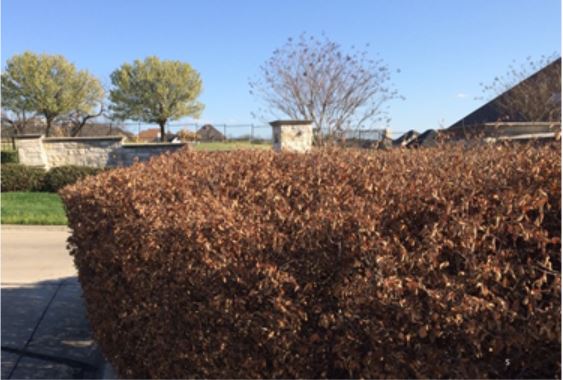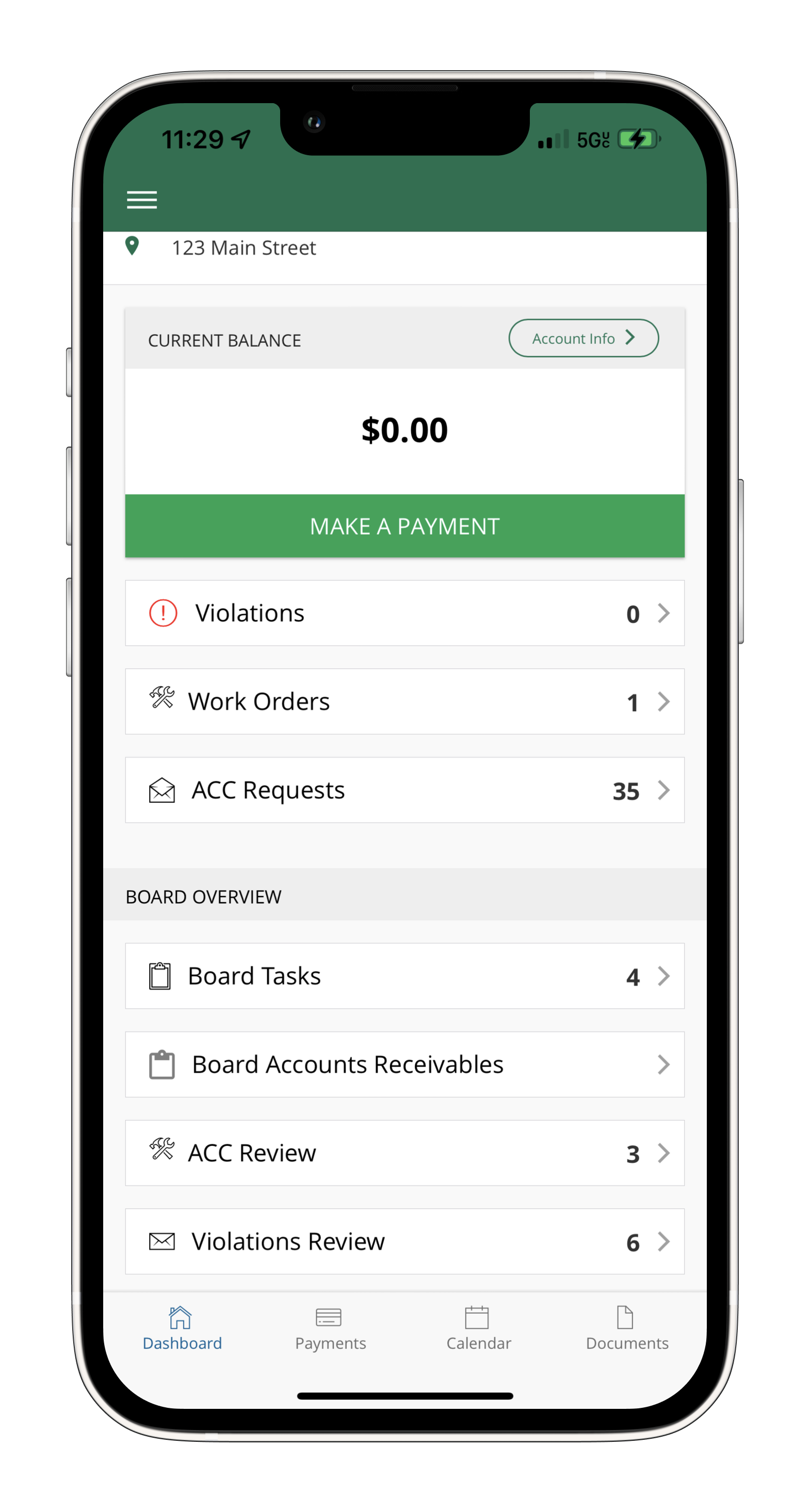
Think Out of the Box to Encourage Involvement
February 18, 2019
What’s Good About Association Living? Plenty!
March 18, 2019
Today’s renters may be tomorrow’s owners in your community. It pays to promote a sense of belonging, so that they can quickly adjust to the community standards.
Today’s renters may be tomorrow’s owners in your community-or even board members. They may also live in your community for only a short time. Whatever the eventual outcome, it pays to promote a sense of belonging, so that renters can quickly adjust to the community standards. By doing so, the leasing experience will be a positive one for tenants, landlords, and neighbors.
Responsibilities of the HOA
The homeowners association has a limited, but important role in setting the foundation and expectations for a positive experience. The HOA must solicit cooperation from the landlord/non-resident owner in setting up communication with the new renter. In turn, the landlord should provide the renter’s contact information from the lease. Once the lines of communication are open, the renter can have access to the association website, copies of the HOA rules, and information about the amenities. He or she can also be included on mailing lists and in the association directory, if applicable.
Responsibilities of the Landlord/Owner
We advise our clients to share this sequence of steps in order to assimilate the new renter into the community. Following these steps will help to foster the best possible relationships between tenant and landlord, and between tenant and the community.
- Provide your renter with a copy of the association rules.
- Inform the renter about specific rules and regulations that you believe are most directly pertinent to the renter, including property maintenance.
- Make renter aware of the responsibility to comply with all of the HOA rules in order to remain in the lease.
- Advise renter on the proper use of association facilities.
- Use a written lease agreement, preferably with guidance from a realtor. Or look online for a suitable standard agreement for the state.

- Attach a lease addendum. This covers the specific standards of the HOA and requires the tenant to abide by association rules. It is important because it gives you and the association a means of enforcement, requiring the renter to
- Obey the bylaws, rules, and regulations of the HOA.
- Pay fines for association rule violations.
- Make sure your lease requires the renter to comply with all association governing documents.
- Have the renter fill out a contact information form that you can provide to the association.
- Tell renter about the privileges they are entitled to under HOA rules.
- Provide the renter with access to the association website, including login information, obtained from the HOA.
- Encourage renter to volunteer for committees or other types of service or participation in the community.
The more information you provide about your renters and to your renters, the more successful they will be in assimilating into the community. This sequence of steps enables the HOA, landlord, and renters to all share a positive association living experience.

Mike Lesku
Vice President of Onsite Operations, CMCA®, AMS®, PCAM®







